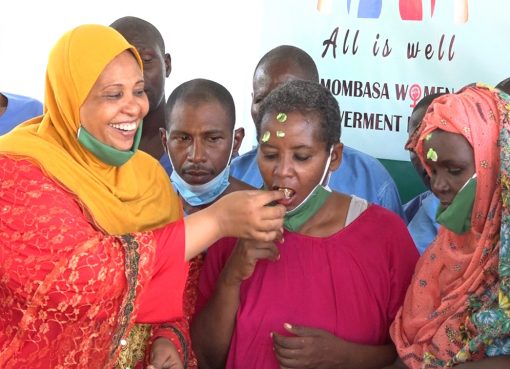The Kenya Forest Research Institute (KEFRI) has identified fast growing bamboo species that could support paper mills and small cottage industries following a 30-year research.
The KEFRI Rift Valley Eco-Research Programme Regional Director, Dr. David Langat said they have been able to identify different bamboo varieties that could be grown in different ecological zones of the country.
“KEFRI will guide farmers who wish to venture into bamboo farming on propagation management and processing for various uses as one way of diversifying the people’s livelihoods,” said Dr. Langat.
“Once our farmers embrace bamboo farming, the country will be able to grow, process and have many products with meaningful contribution to our environment and improved people’s livelihood instead of relying on imports from China,” said Dr. Langat during an open day at Turbo Research Centre in Uasin Gishu county.
He said currently, the country imports 60 per cent of bamboo products from China, a trend that could be reversed if farmers could cultivate bamboo as a crop on their farms on a large scale.
Apart from commercial purposes, bamboo according to Dr. Langat has also proven to be potentially good in soil erosion control, water recharge, climate change mitigation and adaptation.
According to the National Bamboo Policy 2019, bamboo forests once covered over 300, 000 hectares but this has reduced to about 100, 000ha concentrated in Aberdare Ranges, Mau Forest, Mount Kenya, Mount Elgon and Cherangany Hills.
Dr. Langat however, says KEFRI faces a difficult future in expanding and bringing in more genetic materials for research due to diminishing quality land for forestry.
“Research is a long-term investment without sufficient land to introduce new species for research and have trials that can be tested sufficiently, researching on forestry species will be a challenge,” he observed.
He said pressure for increased acreage for agricultural activities in prime high potential land for forestry activities was getting less and less.
By Kiptanui Cherono




